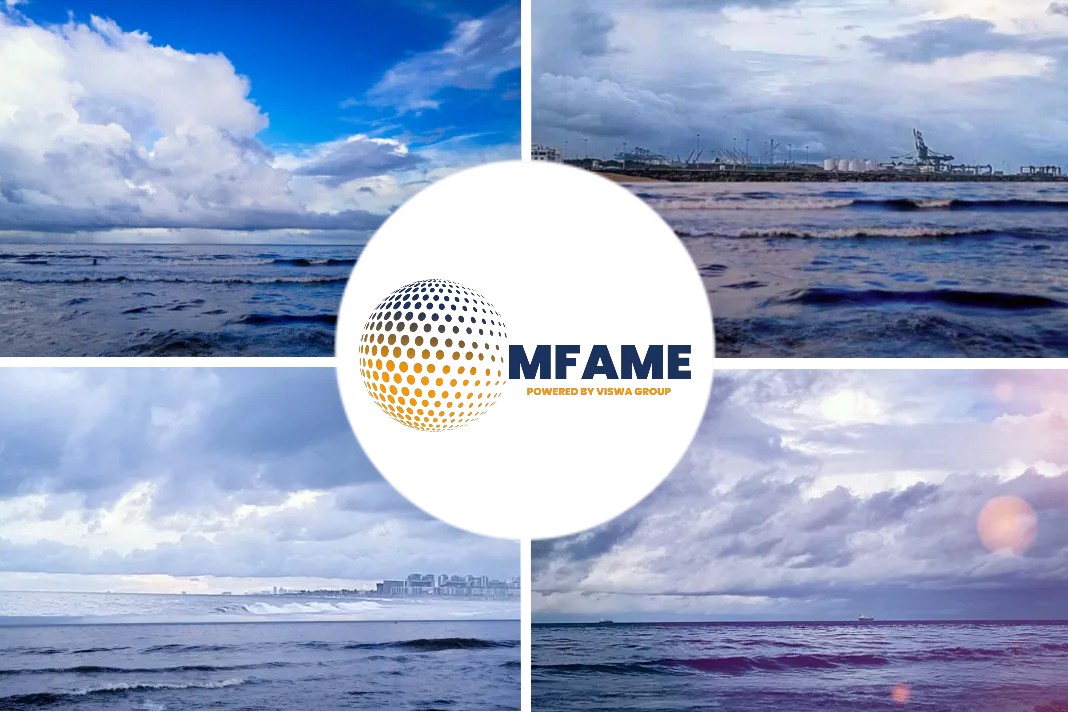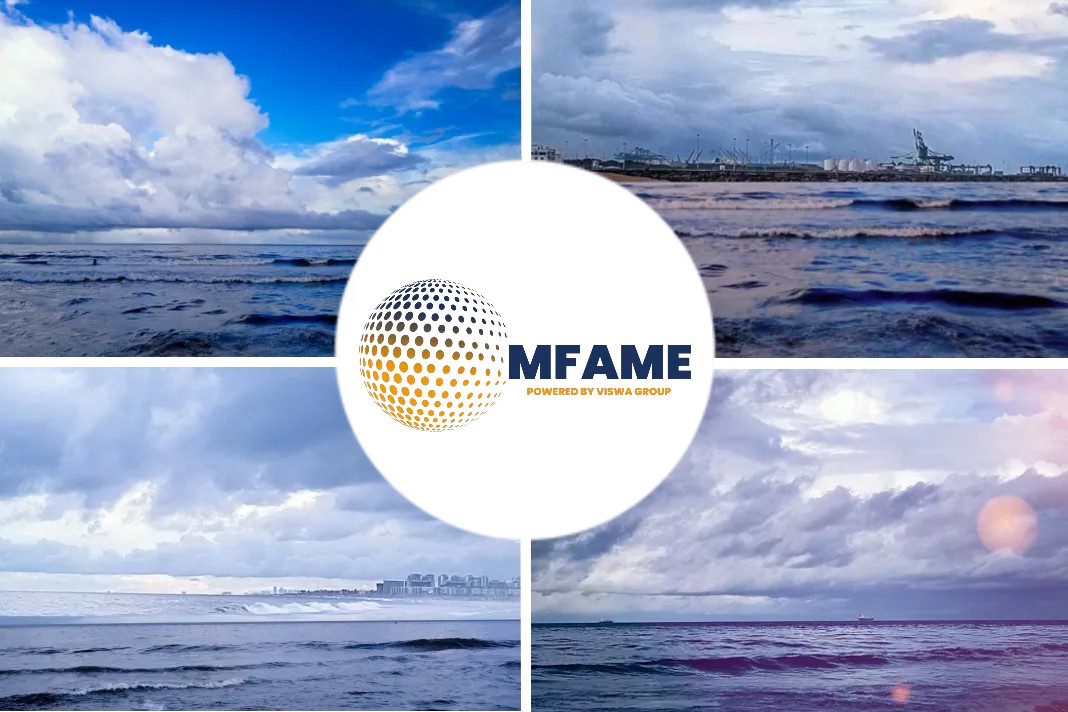- High sulfur fuel oil, once the cheap staple diet of the shipping industry, has been usurped by an abundance of low-cost, premium quality bunker fuel.
- That’s led to seafarers freezing orders for equipment to remove the sulfur from HSFO and maximizing compliant fuels.
- But don’t write off shipping’s dirtiest fuel as shippers play a waiting game over the oil price recovery.
A recently published article in Platts written by Paul Hickin, bringsforth the critical period the shipping industry faces as the high sulful fuel oil has not been used due to abundant availabilty of low-cost fuel.
Collapse in oil demand
The COVID-19 driven collapse in oil demand has led to the spread between HSFO and very low sulfur fuel narrowing to less than $40/mt in mid-April based on the Northwest Europe differential for delivered bunker fuels at the Rotterdam hub.
That compares to close to $300/mt when the International Maritime Organization rules came into effect on January 1.
It requires ships to sail with 0.5% sulfur fuel oil or have the sulfur removed using an exhaust gas cleaning system, or “scrubber”.
Shippers delaying orders for scrubbers
It’s no surprise to see a number of shippers delaying orders for scrubbers. International Seaways has postponed three planned scrubber installations to coincide with scheduled dry docking in 2021. Scorpio Tankers is delaying the installation of 19 scrubber retrofits until at least 2021, while Scorpio Bulkers has 13 scrubber installations on hold. Stolt-Nielsen was also among those to announce cancellations.
Scrubbers come with risks so the payoff has to make sense.
Several ports across China, Europe the US and Singapore have banned the use of open-loop scrubbers, requiring ships to switch to compliant fuels when they are within port limits. And HSFO availability outside of the major ports has also been an issue.
Price gap is marine fuels
Sources say that a price gap between the two marine fuels below $50/mt brings the payback logic of scrubbers into question. Wartsila recently announced a decline in new marine orders, largely due to a lack of scrubber investments.
That’s especially the case for retrofitting scrubbers, when it could take more than four years to pay back the outlay.
But the repayment period is between 1.5-2 years if the exhaust gas cleaning systems are installed on a newbuild due to lower fitting costs and no offhire time, analysts estimate.
Moreover, the ship has a longer life to make the returns worthwhile.
The number of scrubbers in operation at the start of the year was 2,200, according to Platts Analytics, and analysts’ estimates suggest that the total may struggle to get much above 3,000 by the end of the year after previous estimates of around 3,500.
Revival
“With oil prices going up and a slowdown in scrubber installations the Hi5 spread [low sulphur fuel oil vs high sulphur fuel oil], may widen again — although may be not to the $300-$400 levels seen before — and coupled with the expectations for decreasing freight (particularly in tankers) having a scrubber may become key,” said Anton Shamray, senior research analyst at Integr8 Fuels.
“So we could see more scrubber interest potentially towards the end of the year,” he added.
That also may explain the tactic to postpone rather than scrap scrubber orders as VLSFO starts becoming pricier again versus HSFO.
“Expectation of higher prices in years to come is perhaps one of the reasons why delays to scrubber installations and not outright cancellations are currently the preferred strategy of tanker owners,” said Gibson Shipbrokers in a research note.
Physical Benchmark
- Dated Brent – the physical benchmark used to price two-thirds of the world’s oil – has more than doubled in value since hitting a 21-year low in April.
- The measure of North Sea crudes has been trading in the mid-to-high-$30s range in the past week.
- And some market participants see the trend heading higher with OPEC+ production cuts and shut-ins elsewhere as the oil demand fall may have passed its nadir.
- Platts Analytics sees prices finding resistance at $45/b.
Euronav CEO Hugo de Stoop put it like this in a recent interview with Platts: “There is a big difference between retrofitting the fleet and buying tonnage with scrubbers already installed. And we have recently bought four vessels that will be delivered to us later this year or early next which are scrubber-fitted.”
Euronav has been opting for compliant fuels but still sees the merits of having scrubbers as part of its tanker portfolio.
Torm executive director Jacob Meldgaard told Platts in a separate interview a “balanced approach is working well for us,” with the tanker company having half its fleet fitted with scrubbers and with further installations due in the coming quarters.
But it’s not just within shipping that HSFO has found a home. Fuel oil is being used in both power generation and as a refinery feedstock, notably in the US.
With shipping now turning to the lofty goals of a carbon-neutral future, one could again see a limited lifespan for HSFO. However, given the lack of clean alternatives at this juncture and the life of vessels being around 25 years, this too remains to be seen.
Shipping may no longer have the same use for fuel oil but it will still play an important support role for many years to come.
Did you subscribe to our daily newsletter?
It’s Free! Click here to Subscribe!
Source: Platts

















